Queer Eye is modeling how to talk through difficult conversations
When the internet first heard that Netflix was poised to reboot Queer Eye for the Straight Guy, the makeover show in which five effusive gay men transform the appearance, and life, of a hapless straight, it collectively rolled its eyes and sighed. It seemed not just boring, but even a little backward in a post-DACA, trans-aware, gender fluid world. The whole project just seemed very basic—like your dad’s idea of what gay identity is like in 2018—wrapped in a materialistic package promising that buying the right things can be truly transformative.
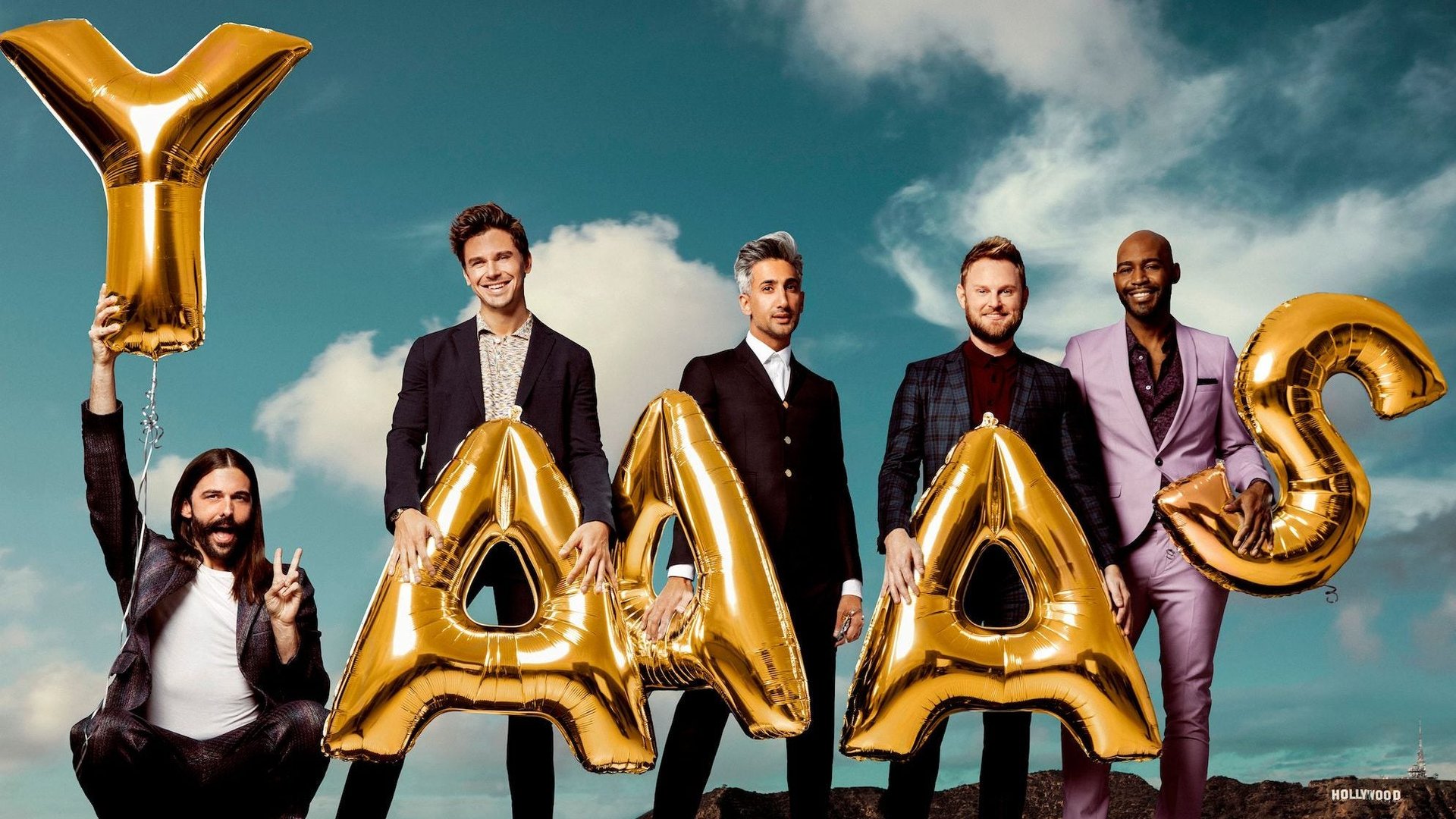

When the internet first heard that Netflix was poised to reboot Queer Eye for the Straight Guy, the makeover show in which five effusive gay men transform the appearance, and life, of a hapless straight, it collectively rolled its eyes and sighed. It seemed not just boring, but even a little backward in a post-DACA, trans-aware, gender fluid world. The whole project just seemed very basic—like your dad’s idea of what gay identity is like in 2018—wrapped in a materialistic package promising that buying the right things can be truly transformative.
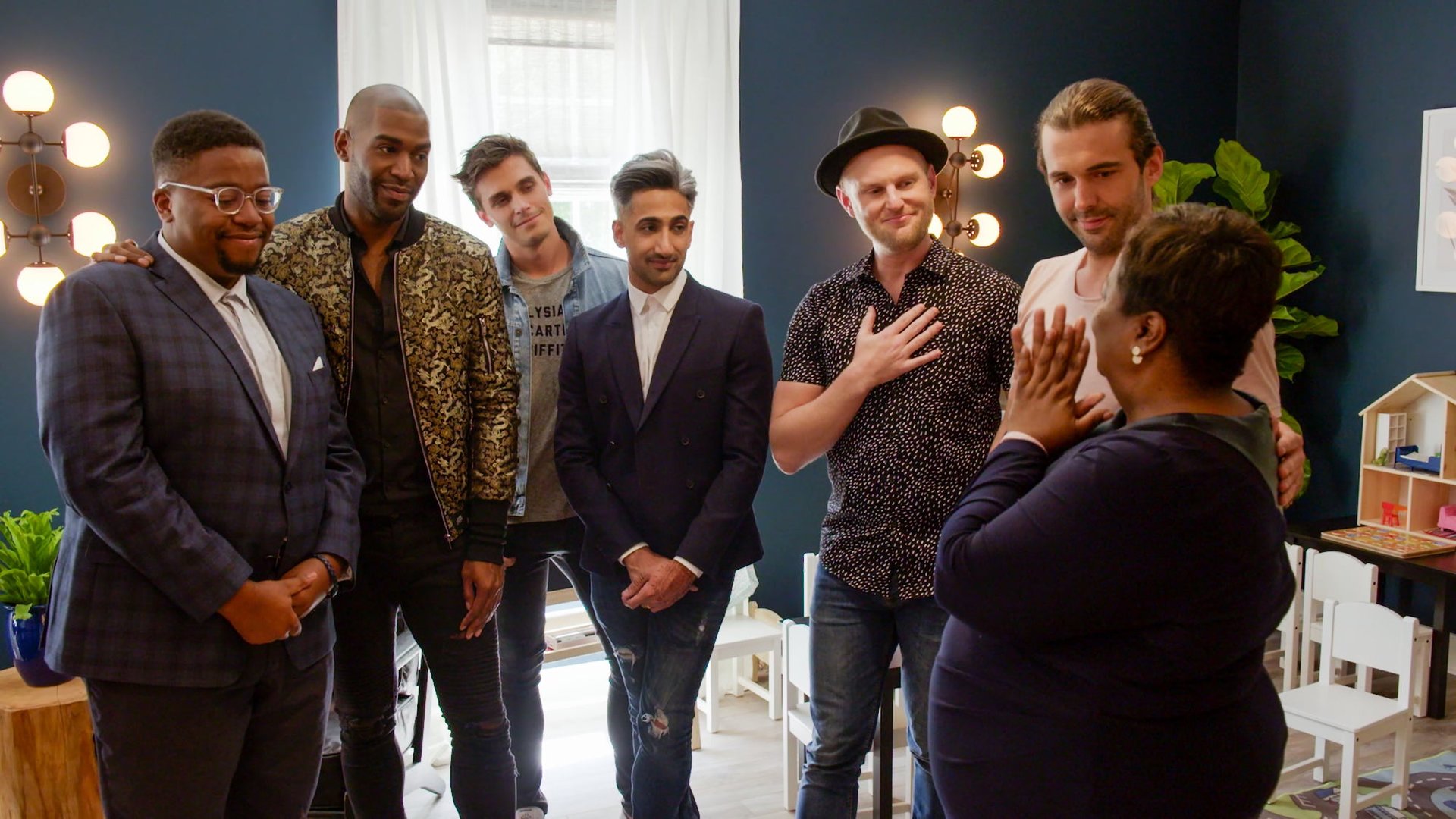
Some of those critiques hold water. All five are indeed, very, very fab. They’re all attractive men who seem effortlessly cool and confident. Though Jonathan Van Ness has a playful fluidity to his identity which may make the concept of “gender queer” a household reality, the other four are cis-gendered. Buying new clothes and furniture is a huge part of the show.
To dwell on all those elements is missing the point. It’s like coming up with ways that the point of crisis in a drama—faulty crockpot wiring, a car crash—could have been avoided. The show’s exterior makeovers are a hook, a plot device, a visual representation of Queer Eye’s real work. In a moment that feels defined by conflict—in the news cycle, on social media, even at our own dinner tables—the Fab Five are here to show us that difficult conversations can be transcendent.
Emotionally, the show has more in common with Friday Night Lights—the high school football drama that captivated Americans with its y’alls and earnest, good looking teens, than say—What Not To Wear. FNL episodes were structured around the lead up to a big game; the real substance, though—all the good cries–came from working through deep conflicts encountered on the way to game day. What happens when you kind of hate your dad and then he dies? Is it okay to break the rules to get ahead when you’re coming from a difficult place? The questions on Queer Eye are similar—what happens when your dad dies before you can can come out? How do you overcome personal loss if you’re afraid to feel anything?
Queer Eye has been lauded as an exfoliating scrub designed to slough off toxic masculinity, but it doesn’t limit itself to that task alone. In the same way that FNL modeled a marriage that wasn’t based on the tired formula that men cheat and women nag, Queer Eye models folks talking through difficult things, being mindful that they might get it wrong, but never fearing that if they do the world will end.
Much has been made of the way that the Fab Five open minds, or don’t, in Red State America. Bobby Berk, the show’s interior designer who endured a very painful split from the church he grew up in when he came out, speaks openly about that with a deeply religious man in one episode. Karamo Brown, whose skin tone is most accurately described as “glow,” has a very difficult conversation with a police officer they are making over, about what it’s like to be a black man in the US. Of course Brown knows that he needs to hit certain marks in this conversation, and of course they both know they’re on camera. But as opposed to the artificial pressure of…say…posting a perfectly filtered photo to Instagram, that self awareness makes everyone slow down and be careful, with themselves and one another. It’s the rare instance of reality television helping people be more considered and civil.
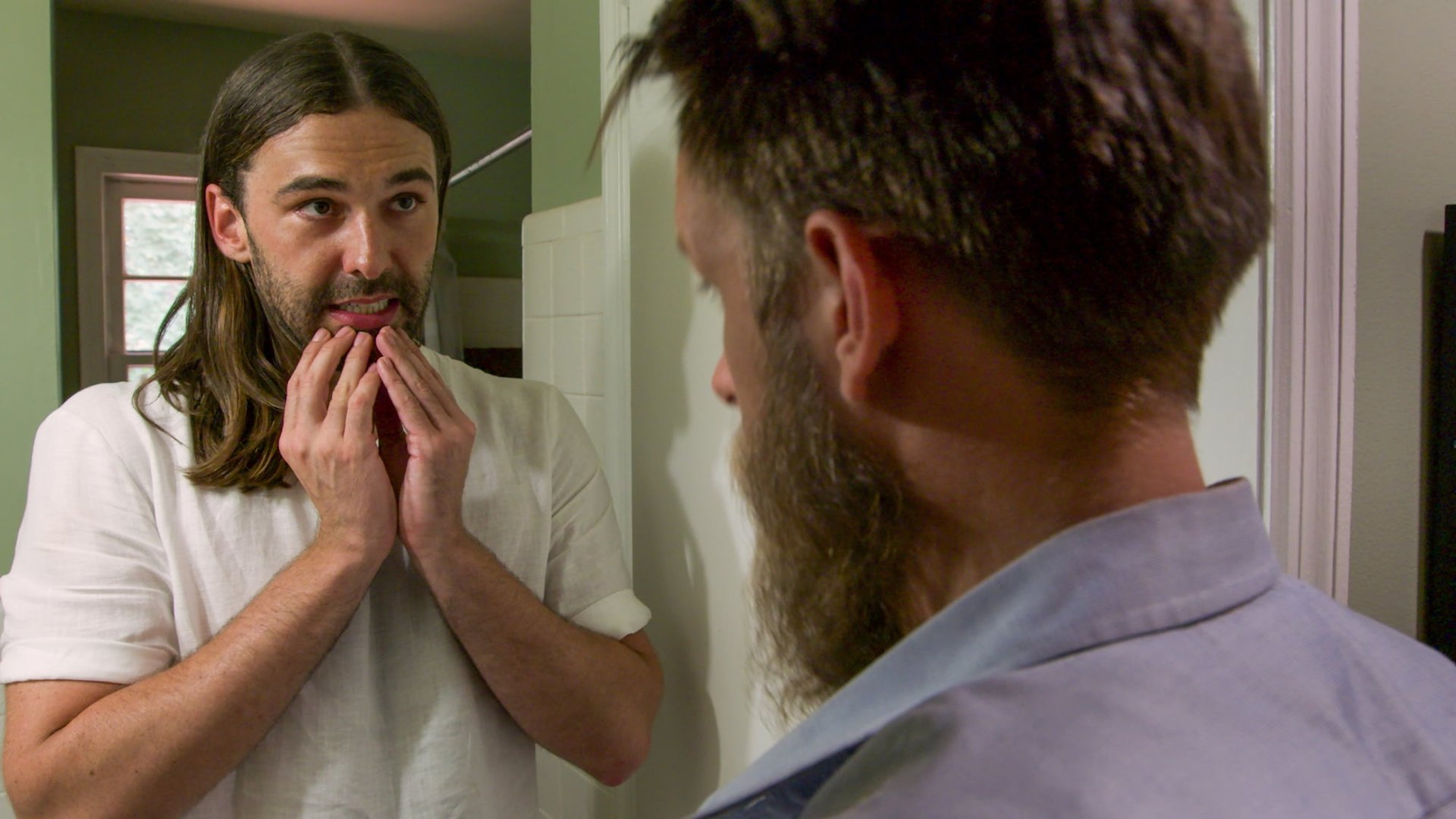
Those moments, which are genuinely squirm-in-your-seat uncomfortable, provide evidence that it is possible—on social media, at the office, at our dinner tables—to live in a state of fundamental disagreement, and still meaningfully connect with one another as humans. With the exception of Sarah Silverman’s mission to convert the internet’s trolls one by one, where else does this exist in pop culture?
What’s more, previews of the new season indicate that the show isn’t simply trying to model how folks with different political beliefs can speak respectfully to one another—it’s also delving into the liberal-on-liberal culture wars in which a lack of sufficient wokeness is punishable by public shaming.
The Guardian describes a segment from Season Two, which will be released on Netflix on June 15, in which Tan France, the show’s stylist admits that he doesn’t know a lot about the trans community, while speaking with a transman he is helping to dress.
“I hate to admit it, but I’m not immersed in the gay community and therefore I’m ignorant–I don’t know the correct pronouns,” he says to Skylar in the episode. “How would you feel if I were to get that wrong?” Both of them end up in tears.
As an Englishman of Pakistani Muslim heritage who lives in Utah and is married to a Mormon cowboy from Wyoming, France has not been around many people from the trans community. It was important for him to be honest about that, he says. “Some people were saying that I’m out of my mind, that the community is going to chastise me for not being woke enough. Nope!” he says, with a definitive clap. “I think the rest of the world is going to watch, saying: ‘Finally, somebody’s asked the questions we wanted to.’”
Taking this interaction apart—France’s willingness to admit his own ignorance, but instead of feeling defensive or shamed, diving into that with curiosity coupled with concern for the person he is speaking with is such a welcome relief. So much of our conversation today, whether about politics or personal matters, hinges on telling other people that they should know better. Queer Eye is making space for it to be okay to need a little catching up. Assuming that you don’t know what another person is thinking or feeling actually allows for more individuality. As a result, folks become more than political statements—more than binary sides of a divide—and more themselves.
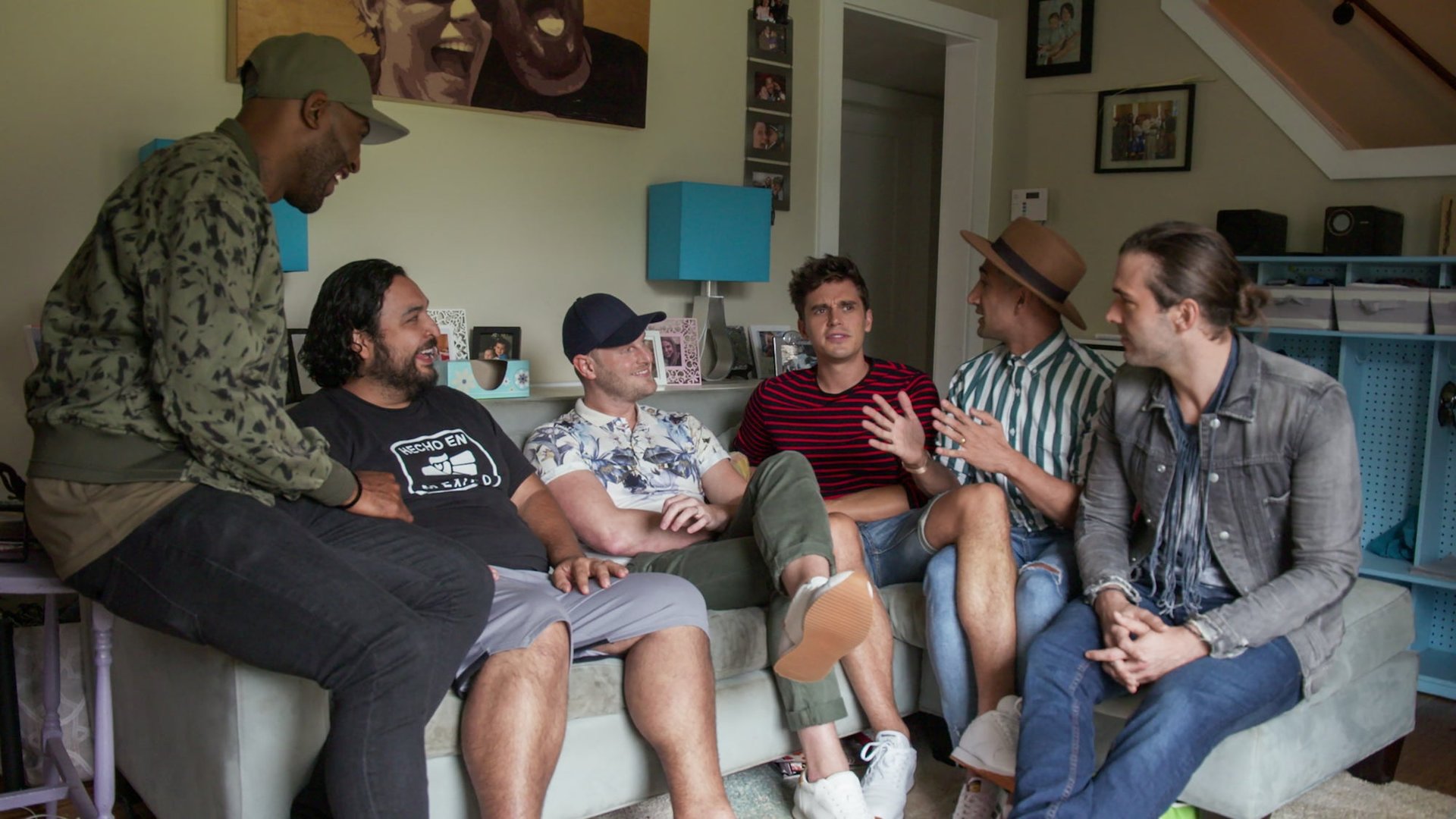
Queer Eye of course can’t do everything. In the episode where Berk grapples with religion, the church, and homophobia, they never stop to address the fact that this family is struggling to make ends meet, despite the fact that the two parents work three jobs, between them. The dad sleeps just a few hours a night, heading out to work an overnight shift at a home improvement store after a full-time day job. Race, religion, and gender figure prominently. Money and the privilege it bestows is not a strong thread. And, despite “queer” being a gender-neutral term for all things non-heteronormative, lesbian voices are all but non-existent.
Still, the show has been able to remake itself so smartly, and that in itself—the proof that a remake can be more than a lazy retread—is something to celebrate because the original was based on an observable social phenomenon. Queer Eye creator and producer David Collins told NPR that he got the idea for the original while watching a woman and her husband interact at an art gallery one night. She was asking him why he couldn’t look as pulled together as the other men there.
“These gentleman from the corner, dressed and looking great with their wine, came across the room, surrounded him and said, “Hey! Woah, woah, woah!” And they started fixing his hair and tucking in his shirt and fixing his belt and his pants and was like, “No, doing great! He just needs a little help! A little zhush, a little this, a little that.”
The original was based on this idea that homophobia was keeping straight men from fully actualizing their potential, and being full partners for the women in their lives—that the toxic idea that caring about the way you look, act, and live is somehow feminizing. Those bones are still present, but as the title of the show—it’s just Queer Eye now—reflects, the gaze has shifted. It’s not just that the show isn’t solely dedicated to straight men, (season one saw the show’s first gay man and season two features the first woman and first trans person).
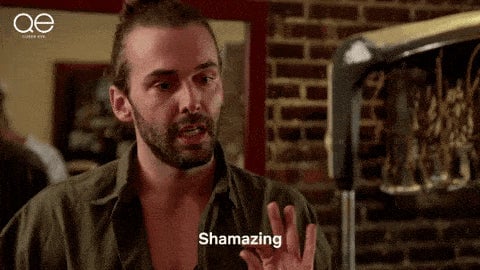
The queer eye is no longer fixed on the makeover recipient and the new shirts, a grooming routine, and paint choices to go along with it. It’s no longer about who is looking at whom. It’s an invitation to a world view that includes open affection between men, an ability to listen to and value people with different belief systems, without necessarily changing those beliefs. It’s a viewpoint that says that the arc of the moral universe is long, but it bends toward fabulousness.